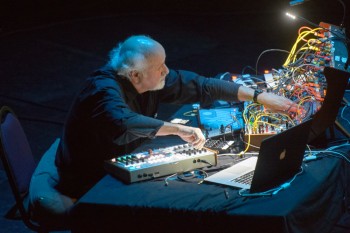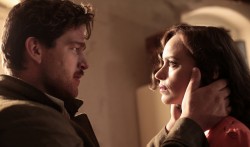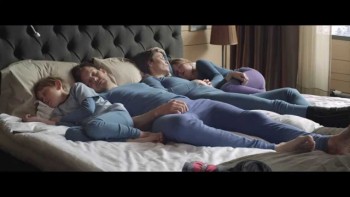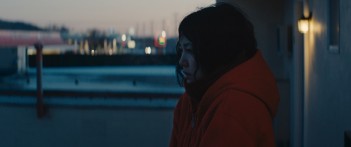Music was pivotal and the primary focus of eight films in this year's Hot Docs, the 22nd edition of that essential Toronto institution.
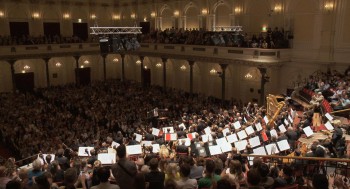
In her captivating documentary celebrating the Concertgebouw's 125th anniversary year (2013), Around the World in 50 Concerts, filmmaker Heddy Honigmann focuses on the human element. Despite its title, the movie concentrates on three of the orchestra's musicians, a percussionist, flutist and bassoonist and concertgoers in three cities on the tour: Buenos Aires, Johannesburg and St. Petersburg. Each of her subjects talks about what music means to them, from the orchestra members who play it, to the Argentine taxi driver who can't live without it; to the Soweto girl for whom playing a youth orchestra provides self worth and the man who fell in love with the violin as a poverty-stricken child, learned to play and now leads that orchestra; to the Russian with a connection to Mahler's music so personal that when he hears the Concertgebouw play Symphony No. 8, we see his tears. Honigmann's camera lingers on faces. It's the main way she draws us into her subjects. And with the orchestra she gets inside by keeping her camera on the instrumentalists even after they play; it's unusual to see musicians at rest this way. Mostly conducted by Mariss Jansons the film is carried by a judicious use of Bruckner's Seventh, Rachmaninov's Paganini Variations, Stravinsky's Firebird and Mahler's First and Second, among others.


